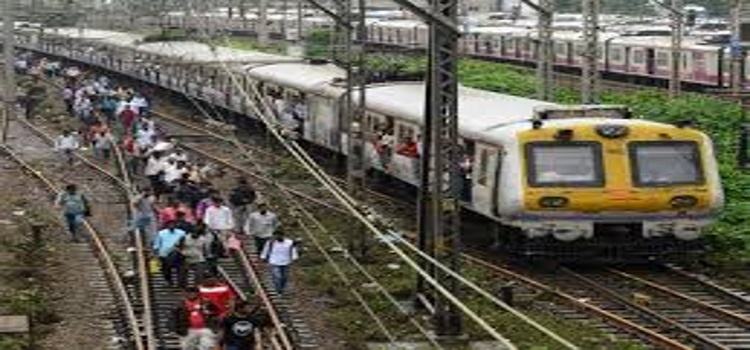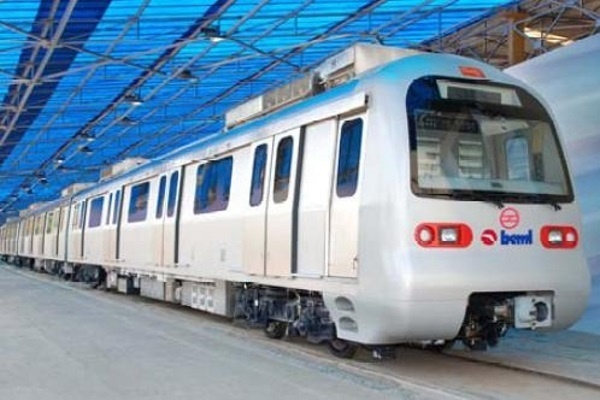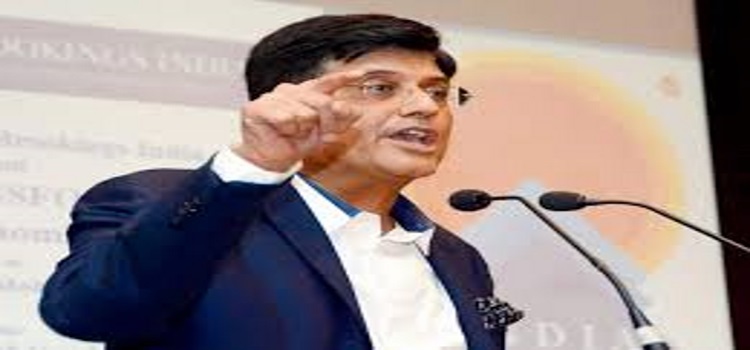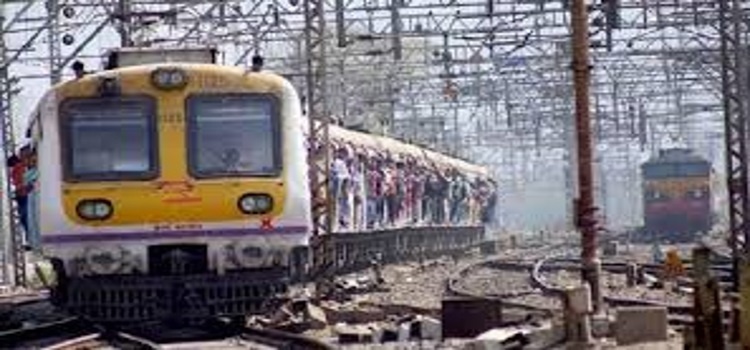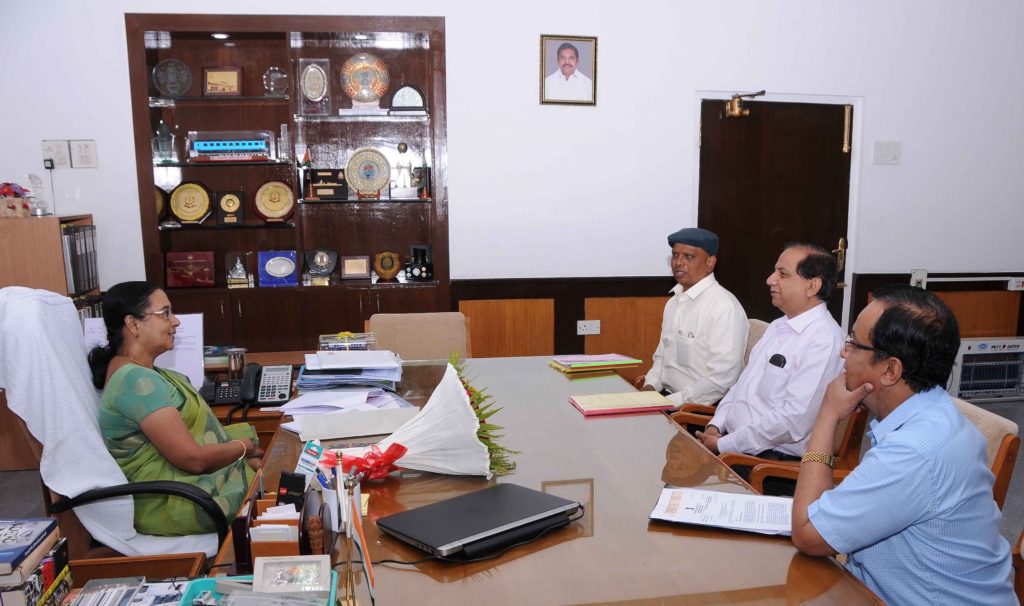
ectrification recorded in reports in the past and putting in context the available financial numbers, the paper leans towards continuing a dual traction policy of electric and diesel, which is what the Railways has.
Presenting data of railway systems from other countries, the analysis has taken note that China, Russia and Europe have between 33 and 43 per cent diesel traction in their railways. In North America and Latin America, 99 per cent of the trains run on diesel. In India, it is 50 per cent. Globally, the railway systems (India included) have a mix of traction wherein 45 per cent locomotives are run on electric while the majority are on diesel.
“It is also suggested that Indian Railways puts in place a rolling stock strategy,” the paper states.
The future traction strategy, according to the paper, should consider aspects like gradual phase-out path of less efficient and lower horse power diesel and electric locomotives with modern state-of-the-art products; impact of train sets on future requirement of diesel and electric locomotives in passenger business, etc.
The analysis estimates that the capital cost of electrification of around 40,000 km of lines, replacing around 5,000 diesel engines with electric ones together, would be around Rs 1 lakh crore when taken together with depreciation cost and the debt service obligation over the next four-five years — funds for which Railways would have to tap market sources.
In terms of financial feasibility of total electrification, the paper puts forth arguments that question the official calculation that conversion to a total electric fleet will save the Railways Rs 10,000 crore on fuel bills annually.
“If one considers the fact that taxes (State and Union combined) account for more than 50 per cent of diesel cost, the net savings to the government look more reasonably be around INR 5,000 crore per annum instead of Rs 10,000 crore,” it says, adding, “Information in public domain shows that diesel and electric traction have similar levels of operating cost (per unit).”
The paper from Debroy also rues the fact that there is lack of any credible study that “detail the financial computation for the mission electrification.”
To present arguments on utility of having two kinds of fuel systems, the paper touches upon the rationale of strategic flexibility that diesel engines offer, especially in cases of crisis, disasters, war etc.
“Any rethink on the need, viability, appropriateness or the implementation speed in the mid-term would be difficult and costly,” the note says, adding, “Considering the size, scale and strategic implications of this decision, it is therefore crucial to take a step back and examine carefully the pros and cons of this mission. At the least, the major concerns should be examined dispassionately to ensure that the path towards mission electrification is based on a firm foundation.”

